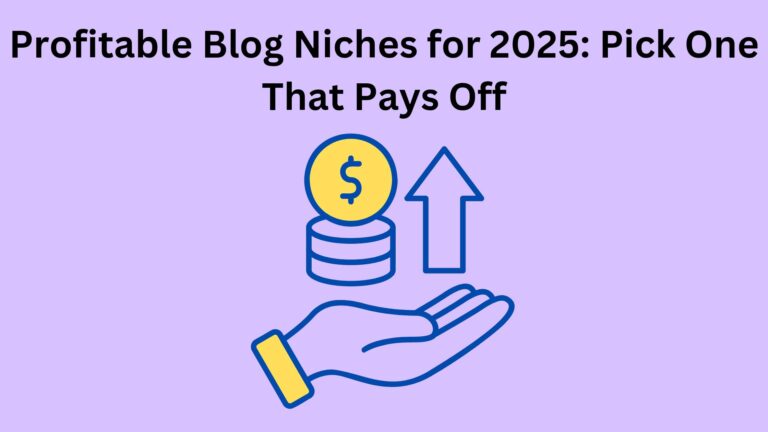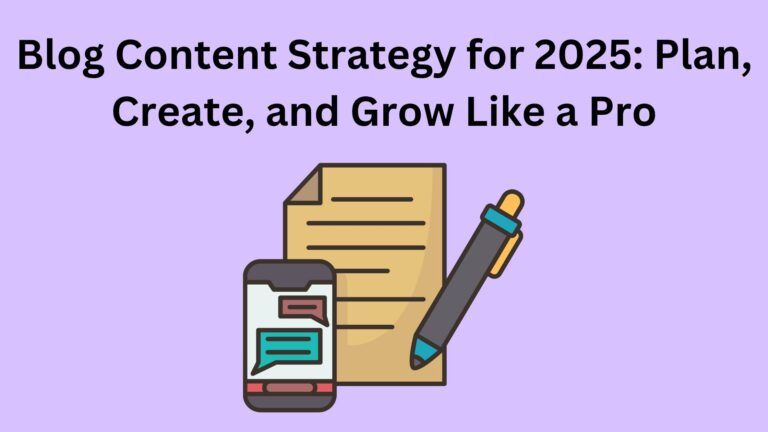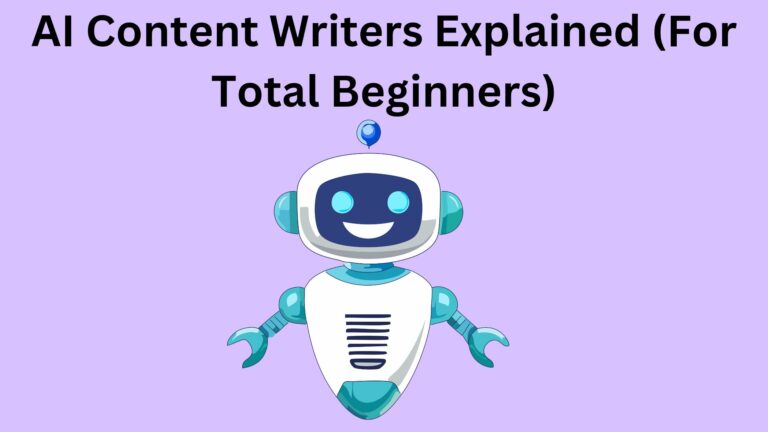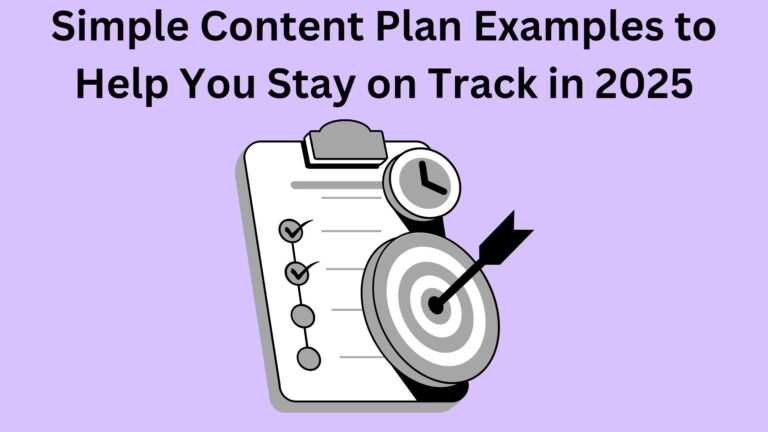User Engagement Strategies Made Simple (Even If You’re Just Starting)
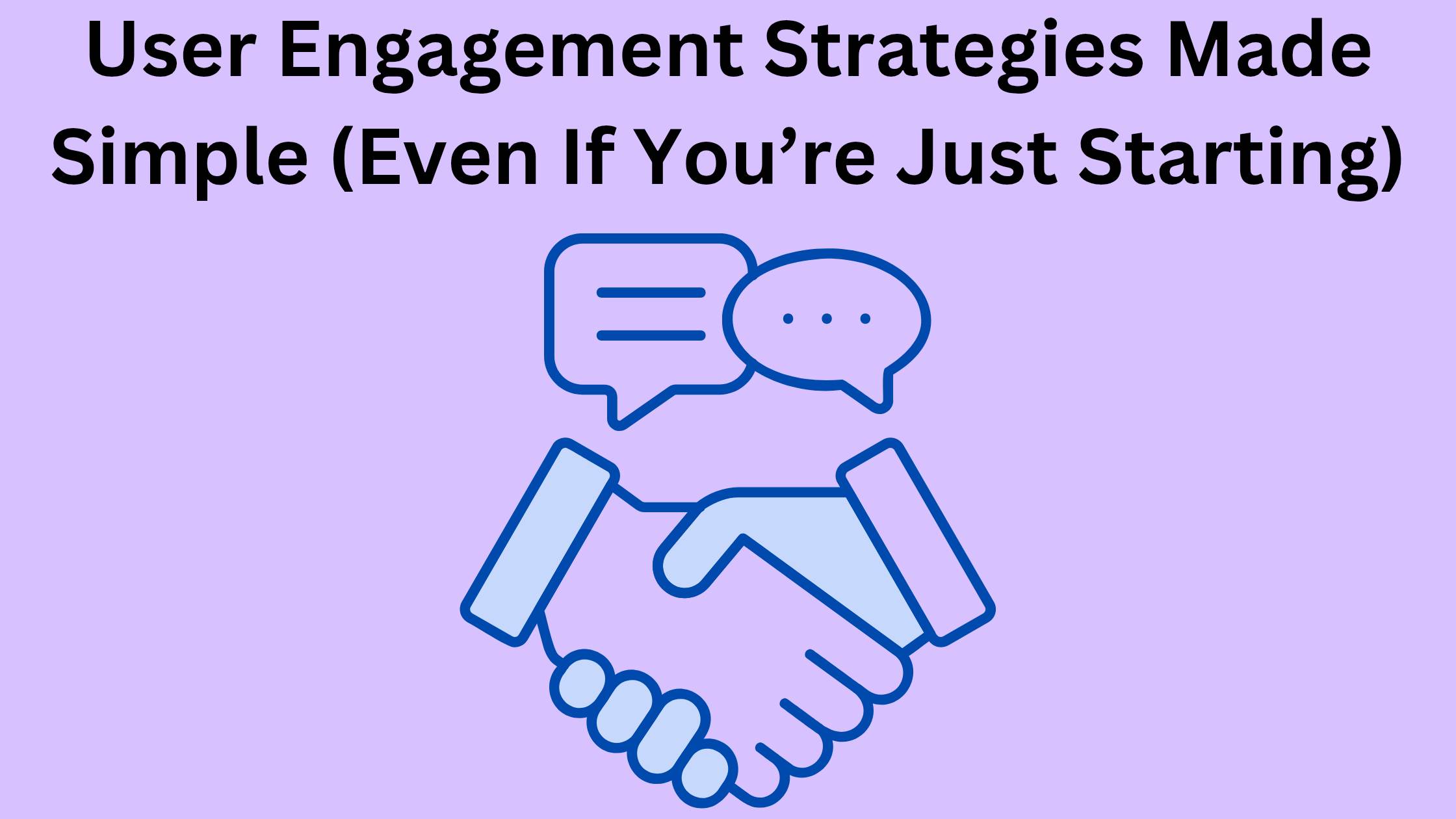
User Engagement Strategies Made Simple (Even If You’re Just Starting)
Ever wondered why some blogs or websites feel alive with interaction, while others are just… quiet?
That’s the power of user engagement strategies — and if you’re new to this, don’t worry.
🤔 What Is User Engagement (And Why Should You Care)?
User engagement simply means how people interact with your blog or website.
- Do they stay and read?
- Do they leave comments, click links, or share your content?
💡 So, What Are “User Engagement Strategies”?
These are simple things you do to make your readers:
- Stick around longer
- Click more
- Comment more
- Come back again and again
Think of it like this:
📌 Beginner-Friendly Engagement Strategies That Actually Work
Here are some super simple ways to boost engagement — even if you’re just starting:
1. Talk Like a Real Person
Use simple, friendly language. Imagine you’re talking to one curious reader — not a crowd.
No need to sound like a textbook.
2. Ask Questions in Your Posts
Something as easy as:
- > “What do you think?”
- “Have you tried this?”
3. Break Up Your Text
Use:
- Short paragraphs
- Bullet points
- Headings
- Emojis (where it fits)
No one wants to read a wall of text.
4. Add Internal Links
Send readers to other useful posts on your blog.
This keeps them exploring and increases time on site.
5. Add a Clear Call to Action (CTA)
At the end of every post, guide the reader:
6. Use Visuals
Images, GIFs, or even simple graphics help break the monotony and make your post memorable.
⚠️ Common Beginner Mistakes to Avoid
- Writing only for SEO, not people
- Using complicated words to sound “smart”
- Forgetting to invite readers to take action
- Ignoring blog comments
- Not updating old posts or fixing broken links
Engagement doesn’t come from luck — it comes from care.
✅ Tools That Help You Track Engagement
Here are some simple tools to help you understand how users interact with your blog:
Google Analytics – See how long people stay, what they click on, and more.
Hotjar – A visual tool that shows how users scroll and click.
Comment sections / Polls – Real feedback is pure gold.
🚀 Final Tips to Keep in Mind
Write with intention: what do you want your reader to feel or do?
Keep improving: small tweaks can lead to big results.
Think long-term: engaged readers become loyal followers — and customers.
👋 Ready to Start?
If you made it this far, you already care about your readers — and that’s the best place to start.
So don’t overthink it.
